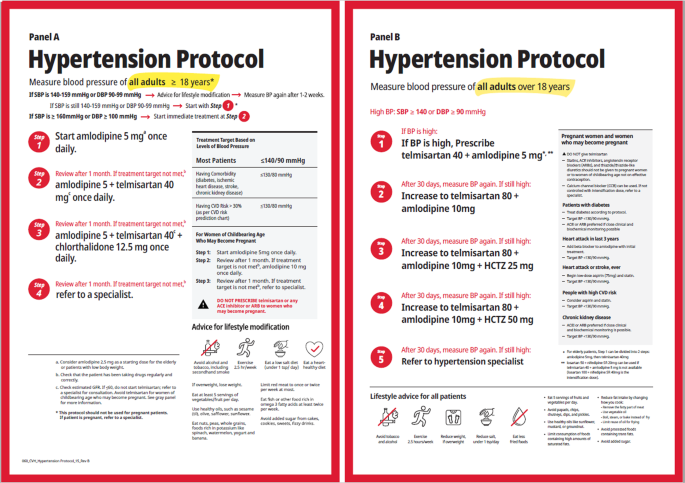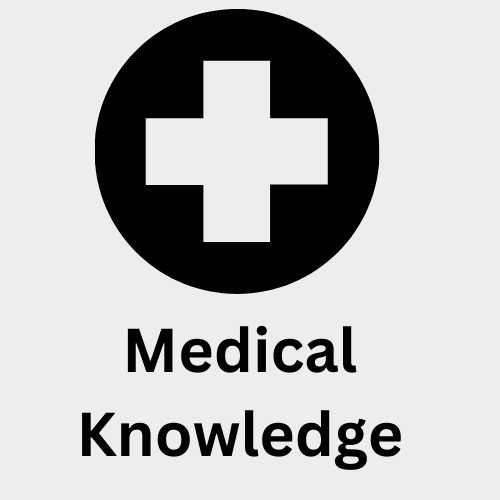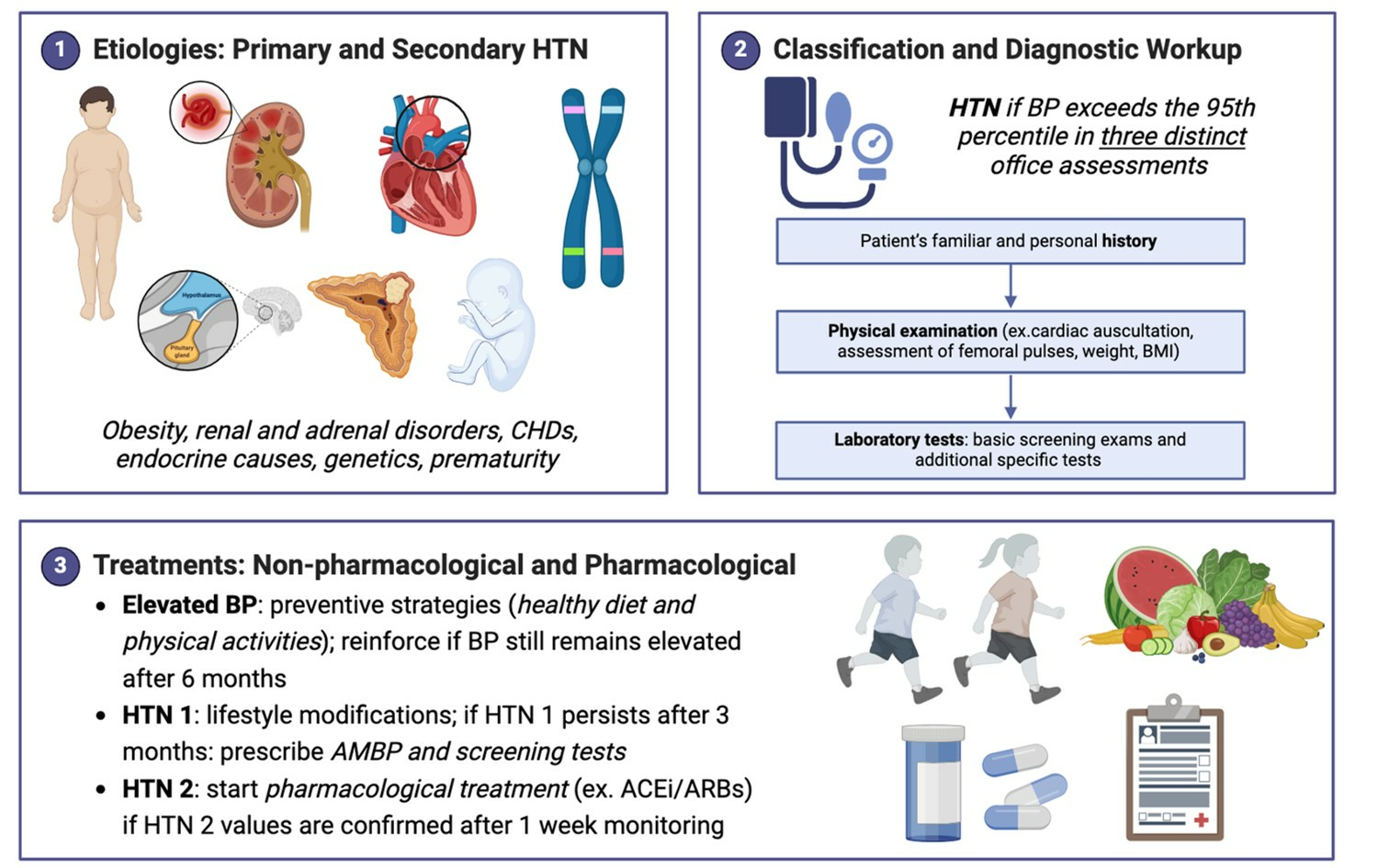Introduction to Hypertension
Hypertension, commonly known as high blood pressure, is a major health concern worldwide. It is a leading risk factor for heart disease, stroke, and kidney failure. Primary care physicians play a crucial role in diagnosing, managing, and preventing hypertension to reduce complications and improve patients’ quality of life.

Understanding Blood Pressure Levels
Blood pressure is measured in millimeters of mercury (mmHg) and is recorded as systolic over diastolic pressure. The classification of blood pressure levels is as follows:
| Category | Systolic (mmHg) | Diastolic (mmHg) |
|---|---|---|
| Normal | <120 | <80 |
| Elevated | 120-129 | <80 |
| Hypertension Stage 1 | 130-139 | 80-89 |
| Hypertension Stage 2 | ≥140 | ≥90 |
| Hypertensive Crisis | >180 | >120 |
Causes and Risk Factors
Several factors contribute to hypertension, including:
- Genetics: Family history increases the risk.
- Age: Blood pressure tends to rise with age.
- Obesity: Excess weight increases strain on the heart.
- Diet: High sodium and low potassium intake contribute to high blood pressure.
- Lack of Physical Activity: Sedentary lifestyles increase hypertension risk.
- Alcohol and Tobacco Use: Both contribute to high blood pressure.
- Chronic Conditions: Diabetes, kidney disease, and sleep apnea are associated with hypertension.
- Stress: Chronic stress can elevate blood pressure levels.
Symptoms of Hypertension
Hypertension is often called a “silent killer” because it rarely shows symptoms until complications arise. However, some individuals may experience:
- Headaches
- Dizziness
- Blurred vision
- Chest pain
- Shortness of breath
- Nosebleeds (in severe cases)
Diagnosis of Hypertension in Primary Care
Diagnosing hypertension involves:
- Blood Pressure Readings: Taken on multiple occasions using a sphygmomanometer.
- Ambulatory Blood Pressure Monitoring (ABPM): A 24-hour monitoring method for more accurate readings.
- Home Blood Pressure Monitoring: Patients measure blood pressure at home for better assessment.
- Laboratory Tests: Blood tests to check kidney function, cholesterol levels, and blood sugar.
- Electrocardiogram (ECG): Detects heart abnormalities caused by hypertension.

Management Strategies for Hypertension
Effective management includes lifestyle modifications, medication, and regular monitoring. Primary care physicians create individualized treatment plans based on severity and underlying conditions.
Medications for Hypertension
Depending on the patient’s condition, doctors may prescribe:
| Medication Type | Function | Examples |
| Diuretics | Help kidneys remove excess salt and water | Hydrochlorothiazide, Chlorthalidone |
| Beta-Blockers | Reduce heart rate and cardiac output | Metoprolol, Atenolol |
| ACE Inhibitors | Relax blood vessels | Lisinopril, Enalapril |
| ARBs | Block angiotensin II effects | Losartan, Valsartan |
| Calcium Channel Blockers | Relax blood vessels and reduce heart workload | Amlodipine, Diltiazem |
| Alpha-Blockers | Reduce arterial resistance | Prazosin, Doxazosin |
Lifestyle Modifications
Non-pharmacological approaches significantly improve blood pressure control:
- Healthy Diet:
- Follow the DASH (Dietary Approaches to Stop Hypertension) diet.
- Reduce sodium intake.
- Increase potassium-rich foods (bananas, spinach, sweet potatoes).
- Regular Exercise:
- At least 150 minutes of moderate-intensity exercise per week.
- Activities like walking, jogging, cycling, or swimming.
- Weight Management:
- Losing even 5-10% of body weight can significantly lower blood pressure.
- Stress Management:
- Practice meditation, deep breathing, or yoga.
- Limit Alcohol and Quit Smoking:
- Alcohol should be consumed in moderation.
- Smoking cessation reduces blood pressure and improves heart health.
- Quality Sleep:
- Address sleep disorders like sleep apnea.
- Maintain a consistent sleep schedule.
Preventing Hypertension
Preventive measures help reduce the risk of developing high blood pressure:
- Regular check-ups with a primary care doctor.
- Maintaining a healthy diet and exercise routine.
- Managing stress and avoiding harmful habits.
- Monitoring blood pressure regularly, especially in high-risk individuals.
Conclusion
Hypertension is a serious but manageable condition. Primary care physicians play a vital role in early diagnosis, treatment, and prevention. Through lifestyle changes, medications, and regular monitoring, individuals can control their blood pressure and reduce the risk of complications. Prioritizing heart health and maintaining a proactive approach to managing hypertension can significantly improve quality of life.


